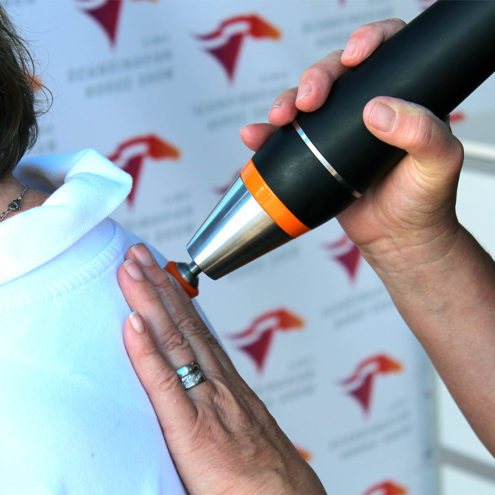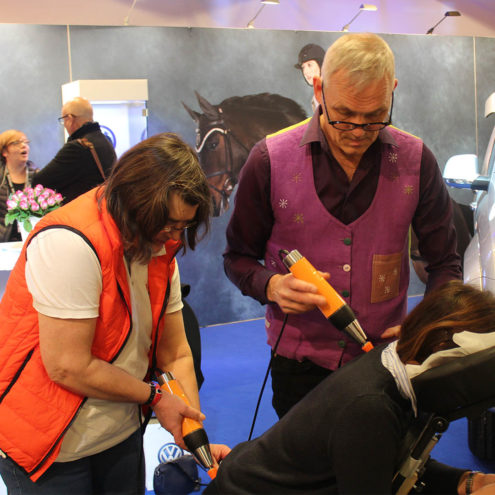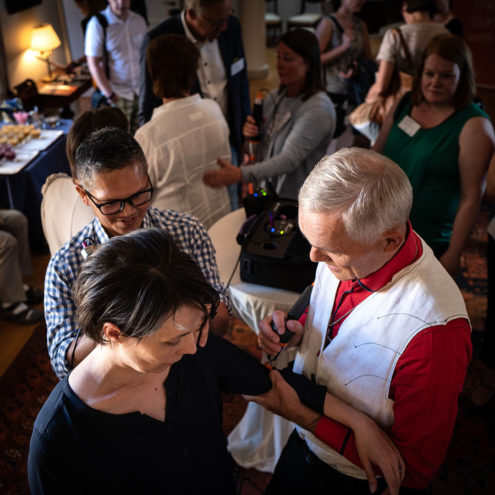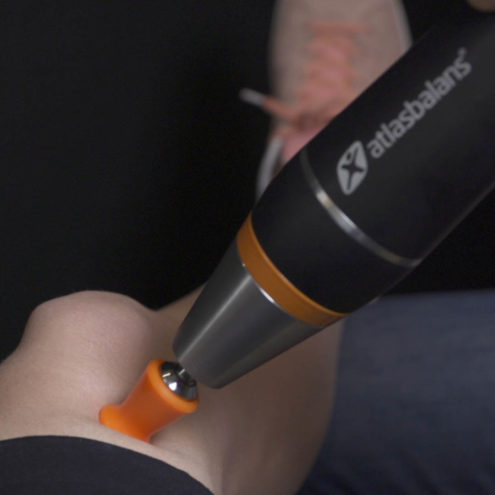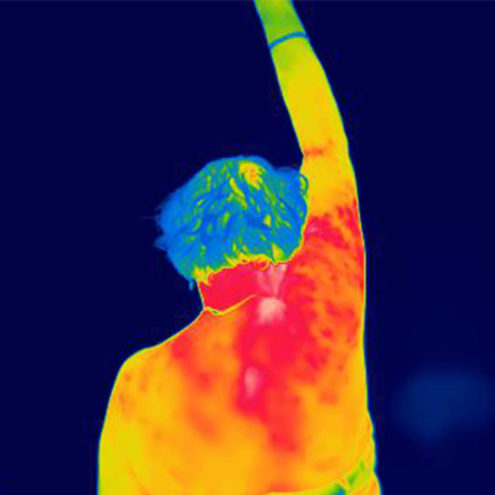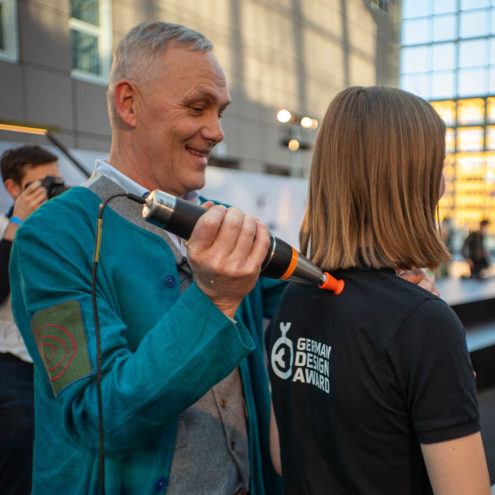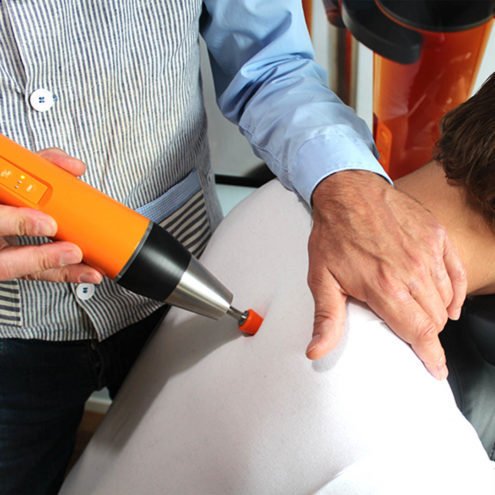Metatarsalgia: A comprehensive overview

Metatarsalgia is a common foot problem characterized by pain and discomfort in the forefoot, particularly around the bones of the metatarsals. This in-depth article explores metatarsalgia in detail, including its symptoms, causes, risk factors and treatment, as well as its relationship to other foot-related problems and how Fascia Clinics can assist in the healing process.
What is metatarsalgia?
Metatarsalgia is an umbrella term describing pain and inflammation in the forefoot, specifically in the area around the metatarsal bones, which are the long bones in the foot that lead up to the toes. This pain can be both disabling and limiting, and often affects an individual’s ability to perform daily activities.
Symptoms of metatarsalgia
Symptoms of metatarsalgia can vary from person to person but often include:
A burning or sharp pain in the forefoot, especially under the metatarsals.
A feeling of having a stone in the shoe that presses on the forefoot.
Pain that worsens when walking, running, or standing on tiptoe. The pain is relieved when the forefoot is unloaded.
Swelling, redness or tenderness in the forefoot.
When the forefoot is loaded, it may feel as if the skeleton bone is being directly loaded.
Causes of metatarsalgia
The causes of metatarsalgia can be divided into three main categories:
Primary metatarsalgia: Directly related to problems with the metatarsal bones such as fractures, increased pressure or improper structure of the foot.
Secondary metatarsalgia: Occurs as a result of other foot conditions such as hammertoe, calluses, or overuse.
Iatrogenic metatarsalgia: Caused by medical procedures or treatments, such as incorrect surgical procedures or inadequate orthopedic inserts.
Why do you get metatarsalgia/Why do you have these problems?
The development of metatarsalgia can often be traced back to a combination of several risk factors and activities.
Risk factors for metatarsalgia
Risk factors include but are not limited to:
Intensive physical activities involving heavy loads on the feet, such as running or jumping.
Poor footwear, such as high heels or shoes without sufficient support and cushioning.
Excess weight, which increases the pressure on the metatarsal bones.
Age-related changes in the structure of the foot.
Specific problems with the structures of the foot, such as high arch or flat foot, which can lead to uneven weight distribution and different trajectory.
Activities and footwear that increase the risk
The use of inappropriate footwear and participation in specific sports or activities can significantly increase the risk of developing metatarsalgia. Constantly wearing high-heeled shoes or shoes with low cushioning and support can contribute to unnecessary pressure on the metatarsal bones.
What is it a symptom of/What symptoms does it cause?
Metatarsalgia can act both as a standalone condition and as a symptom of other underlying foot problems.
Complications of metatarsalgia
If left untreated, metatarsalgia can lead to further complications such as:
Permanent deformity of the foot.
Loss of foot function and altered gait.
Development of secondary problems such as calluses, hammertoe or Morton’s neuroma.
Connection with other foot problems
Metatarsalgia is often linked to other foot-related conditions. This means that in order to maximize the effectiveness of treatment and reduce symptoms, these conditions also need to be identified and treated.
How can we help you
At FasciaClinics, we understand the complexity of foot-related problems such as metatarsalgia. FasciaClinics specializes in seeing and treating the body from a holistic perspective. We perform fascia treatments, a highly effective treatment method that focuses on treating and maintaining the fascia in our body. The fascia is the network of connective tissue that binds and permeates everything in our body. All cells, tissues (even bone tissue), muscles and organs contain fascia.
Fascia treatment focuses on releasing tension and adhesions in the fascia and increasing its flow. This allows us to have an improved mobility of the body with less pain and improved self-healing.
During the visit, we analyze the whole body to see where compensations and imbalances are and how they have spread. If there is an imbalance in the body, there is a risk that they will spread and affect other structures. That’s why it’s very important to seek help quickly as soon as you get any symptoms.
Fascial treatment for metatarsalgia involves balancing the body to even out the load on the feet. More even loading thus reduces the risk of overstressing and injuring the metatarsals. During the treatment, the entire pelvis is adjusted so that the legs and feet are balanced and relieved. A treatment is done both manually and mechanically with gentle vibrations. The vibrations cause the fascia to loosen up and start the flow so that the cells can absorb substances more easily. The treatment does not hurt and is often experienced as very pleasant.
If you are experiencing persistent forefoot pain, don’t hesitate to contact us at FasciaClinics for a thorough evaluation and a customized treatment plan. Together, we can work towards a solution that restores your mobility, comfort and quality of life.
 Search
Search





